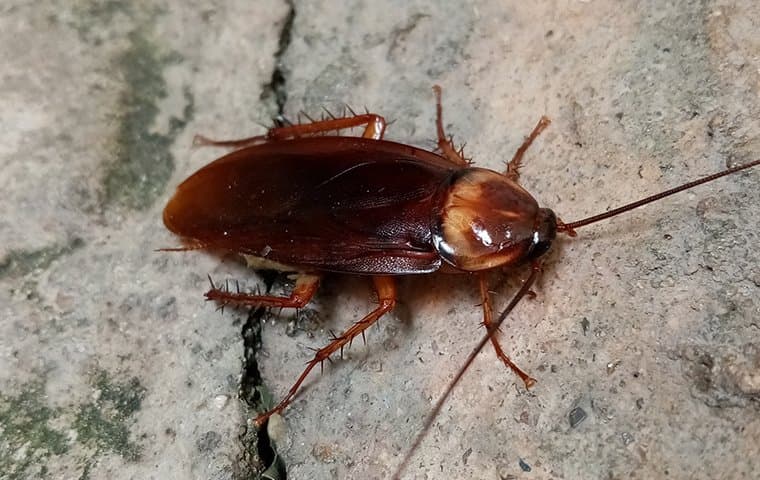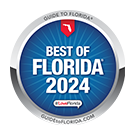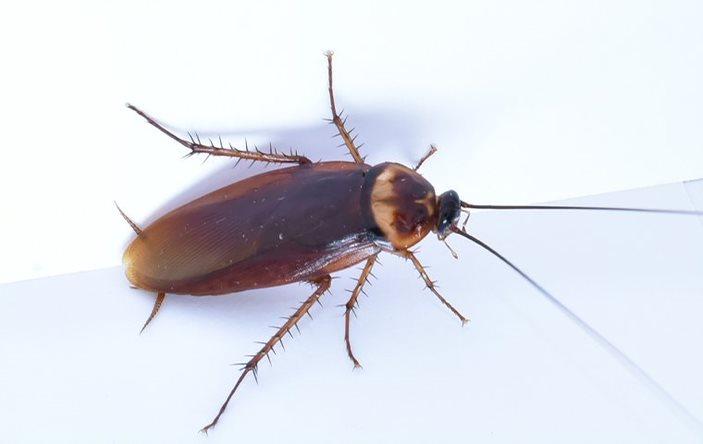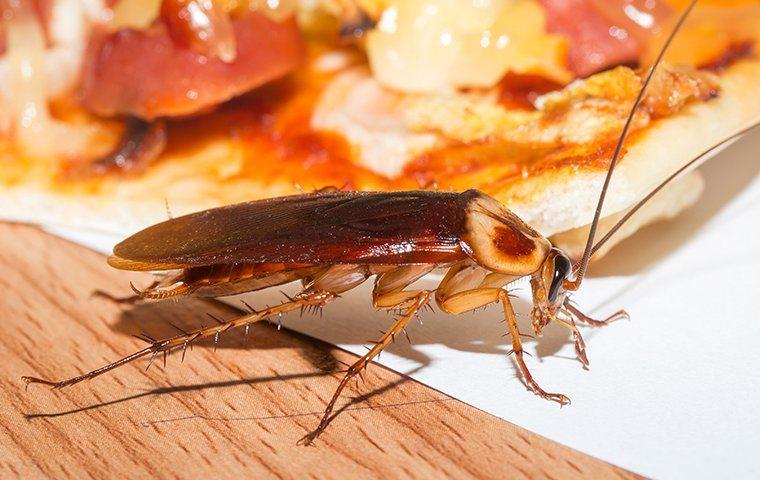What Every Palm Valley Resident Ought To Know About American Cockroaches
If we were to ask you what is the largest cockroach that will get into your Palm Valley home, would you know the answer? We bet you would—even if it is only because you read it in the title of this article. The American cockroach also referred to as the palmetto bug, has earned quite a reputation in Florida. But there are many things Palm Valley residents don't know about cockroaches, specifically this infamous roach. But they are things you need to know if you want to protect yourself and your family. Let's take a look.

How American Cockroaches Are Different From Other Roaches
When American cockroaches get into a home, they can stay permanently. This is actually rare for cockroaches to do. There are only a few species that can tolerate being indoor pests. It is because they require a lot of moisture to survive. The American cockroach is a highly adaptable animal and can live in conditions that aren't ideal.
American cockroaches can fly! This is another rare trait that American cockroaches have. An adult American cockroach has functional wings. Fortunately, it only flies on hot, humid days.
Problems American Cockroaches Cause
All cockroaches are not created equal. Wood cockroaches, as an example, are not nearly as dirty as other roaches. But American cockroaches are on the shortlist of dirty, pest cockroaches, including German cockroaches, Oriental cockroaches, and brown-banded cockroaches. If any of these cockroaches species get into your Palm Valley home, you can expect to experience illness. They spread human pathogens, harmful bacteria, parasitic worms, and allergens that aggravate asthma symptoms. They do this by getting into food packages and contaminating them, climbing over dishes, and running across food-prep surfaces.
What It Means When You See An American Cockroach
These cockroaches are nocturnal, and they prefer not to be seen. Entomologists say that if you see an American cockroach in your home, it is a warning sign of a large infestation. You might, however, see cockroach nymphs, which are slightly more adventurous than the adults. But nymphs don't look like adults, and this might lead you to think that they are another insect.
What American Cockroaches Look Like
Adults: When an American cockroach reaches its full size, it can be as large as 2⅛ inches long. It is a chestnut brown color with a yellowish orange figure-8 on its back, near the head. Stacked on its back are fully-developed wings. These hang slightly off the end of its body. On its six legs are thick, pointy spines. Off its head are two antennae that are as long as its body. These antennae bow out to each side.
Nymphs: When an American cockroach first hatches, it is only about ¼ of an inch long. That is tiny compared to the adults. Slowly, it will develop through 9 to 13 molting stages, each time, shedding its skin (which is considered to be a contaminant). It has the same chestnut brown coloration as the adults, but lacks the figure-8 on its back. The antennae of a nymph can be as long as an adult's antennae, which makes them quite noticeable on these little insects. It has no wings, so you'll be able to see its scaled back.
How To Detect American Cockroaches
Since these insects usually stay out of sight, you'll need to look for other warning signs of their presence in your home. The most helpful sign cockroaches provide are the tiny sprinkles of black excrement they leave in dark, moist areas. Look in the cabinets under sinks, in bathroom voids, and crevices in your basement.
Cockroach Protection
If you find cockroaches in your Palm Valley home, or you'd like to never find cockroaches in your Palm Valley home, we can help. At Lindsey Pest Services, our licensed and experienced pest control professionals use industry-leading methods and products to get control of cockroaches and keep control of cockroaches. Reach out to us any time to schedule a free inspection or to ask questions. We look forward to assisting you.












